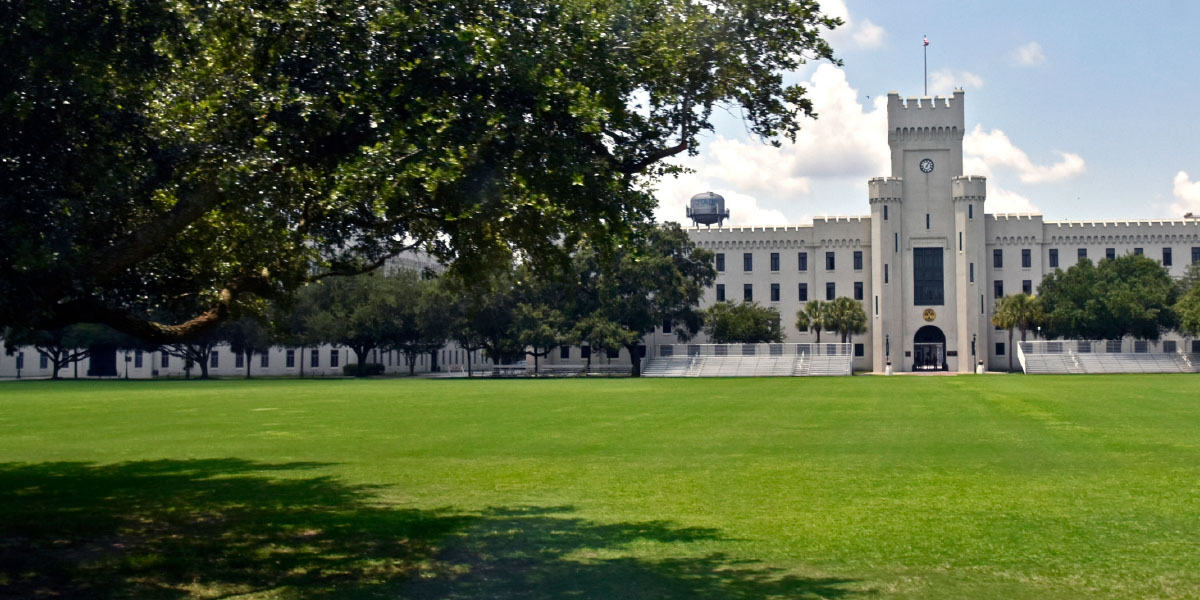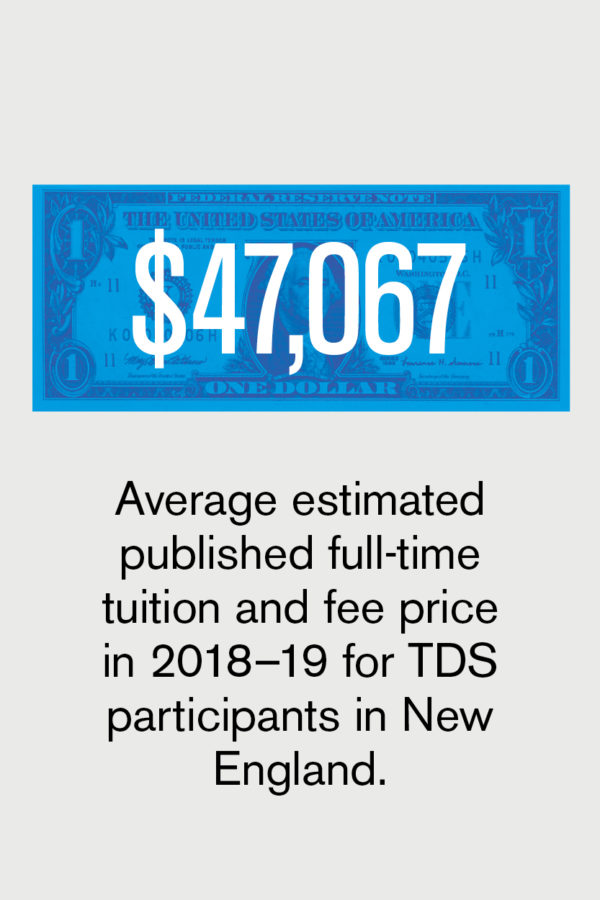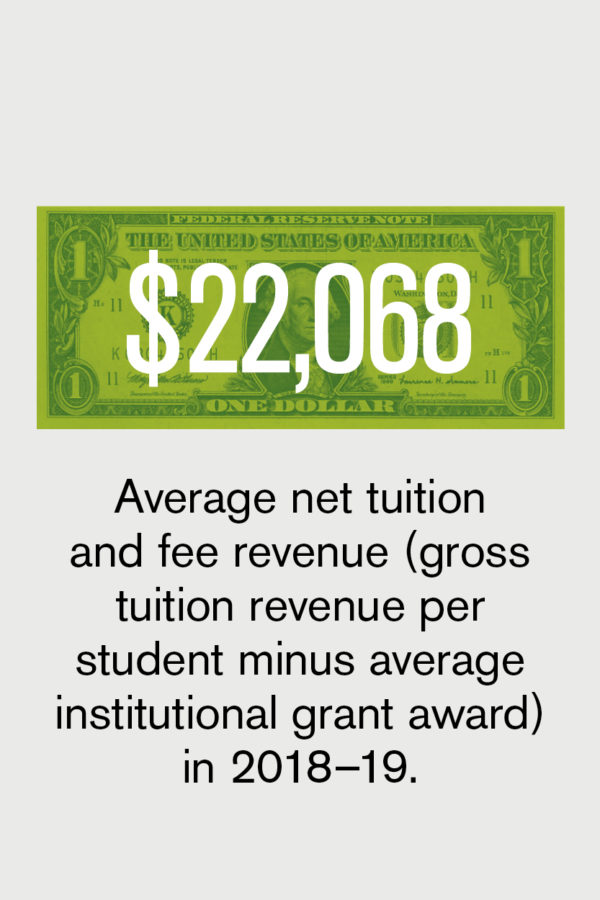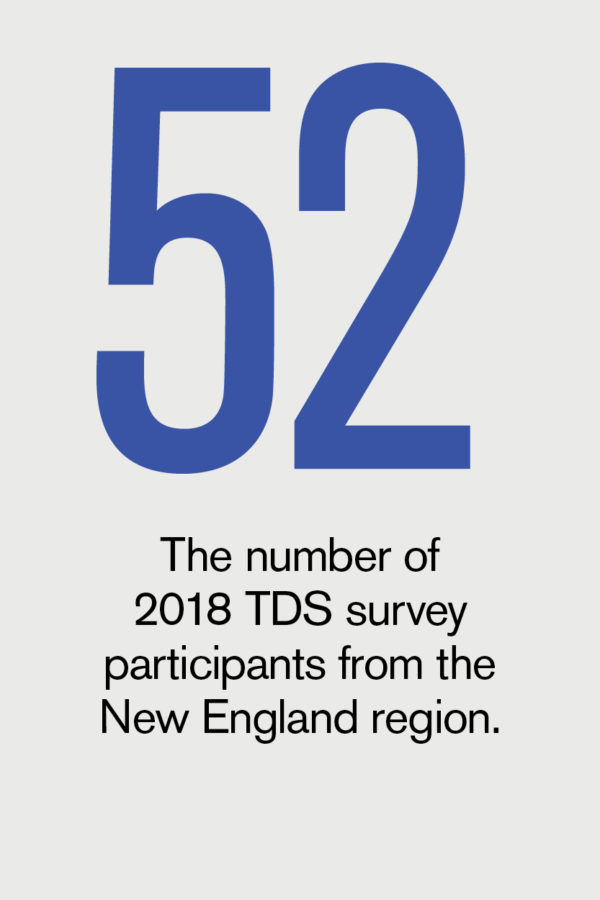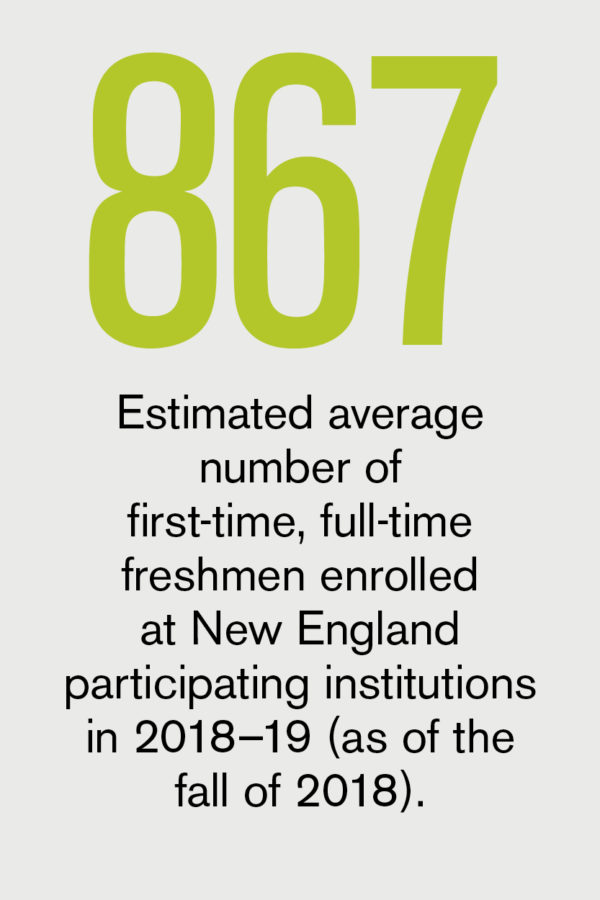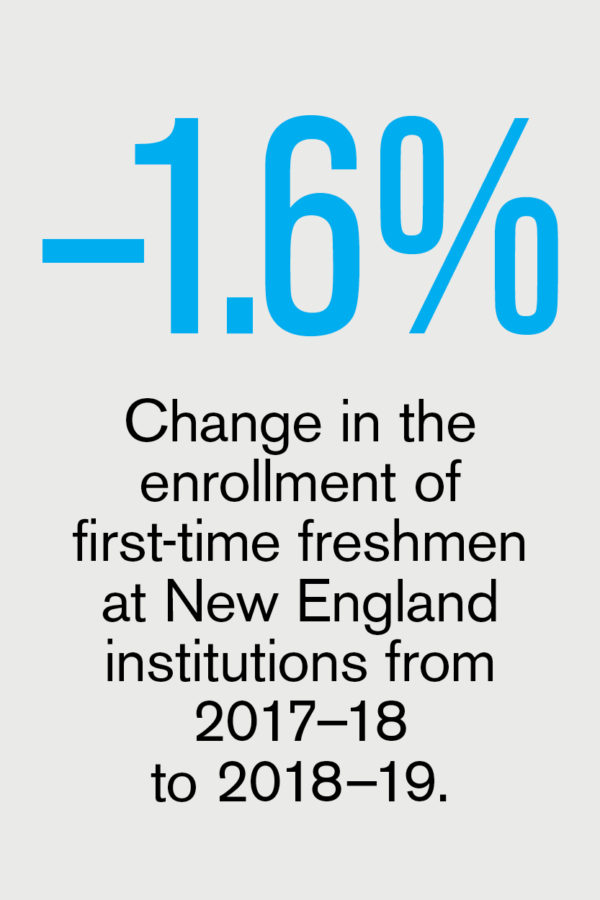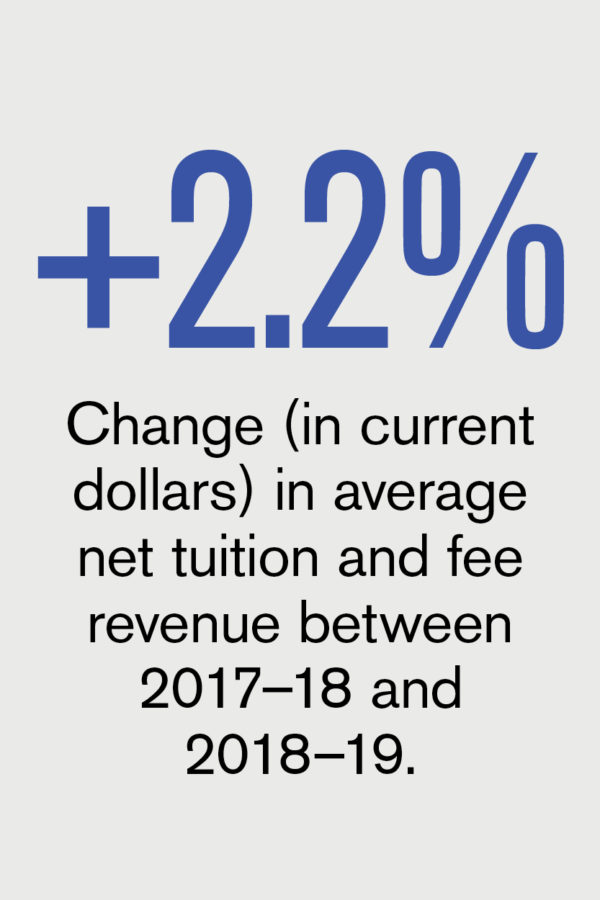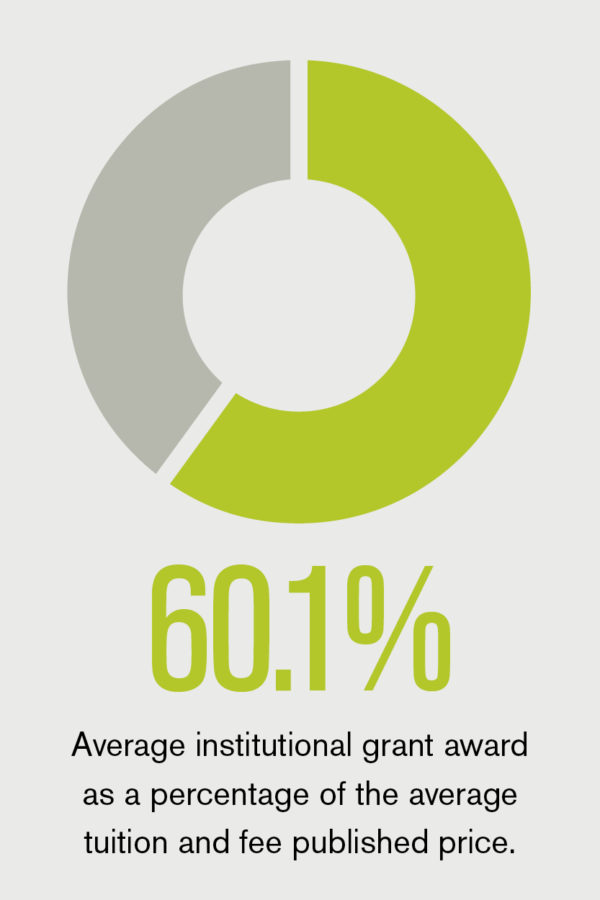As a military college, the Citadel, Charleston, S.C., approaches crisis management through a different lens than many other institutions do. (Read “Crisis Control” in the May 2019 issue of Business Officer magazine.)
The concepts described here are among those embedded in the Citadel’s approach to crisis management and may provide a different language for framing, discussing, and ultimately managing crisis response on a campus.
- React to contact. Inaction to a crisis can damage your institution’s reputation and brand irreparably. Because crisis events on a campus can happen without warning, you must be prepared to react. Get comfortable operating with imperfect information and within a greatly reduced decision-making cycle. For instance, you may find yourself operating in an environment where someone else has taken charge of your narrative. Your focus must be on regaining the initiative while being proportional in your response. For example: President Trump tweets an end to transgender rights in the military. Transgender students and their allies protest on campus. The tweet was unexpected contact. How will you react?
- Battle space. This refers to the three-dimensional space in which you operate. For colleges and universities, this includes your campus and local community, the larger higher education sector, and your institution’s reputation.
- Most likely, most dangerous. We owe our campus presidents feasible, acceptable, and suitable options for responding. Create a practice of considering each crisis situation from the vantage point of what is most likely to happen and also what would be the most dangerous scenario. Then develop responses to both.
- Courses of action. This refers to the various options that are available to a campus president in response to a crisis. All courses of action must be feasible, acceptable, and suitable.
- Common operating picture. Emergent crises require that all senior leaders have a shared understanding of what has happened. A common operating picture leverages the talent of all your directorates, so that communication and other actions taken are consistent, support the president’s intent, and reflect the core values of the institution.
- Close fight, deep fight. The close fight encompasses those actions you must take now to regain the initiative and control your battle space. The deep fight consists of those long-term considerations you must take into account that illustrate who you are when a crisis ends. It is important to remember that actions taken under pressure in the close fight can completely undermine your efforts in the deep fight if you fail to engage that long-term perspective.
- Tactical patience. It can be tempting to make an immediate assessment about an incident and what is required in response. Instead, make sure you take the needed time for due process. Be willing to let the situation develop before making a decision, because failing to do so can cost your institution on multiple levels.
- Train the force. What is certain is that a crisis of some kind is going to happen at some point. Be willing to allocate time to prepare for it. Train as a team using real-world examples. It is important to bear in mind that you go to battle with the staff you have, so you need to understand the strengths and weaknesses of your team and the framework and decision process you will use in an emergent crisis.
- Commander’s considerations. Being a military commander or a college president is often a solitary existence. How can the chief business officer help? The goal for staff is to think like their commander. What decisions will have serious second- and third-order effects? How are those decisions linked to supporting the deep fight? And, what is the best sequencing and urgency of those decisions? Bear in mind that the commander is in charge of the entire theater of operation. The job of staff is to provide options and recommendations that provide insight and depth so that the president can take effective ownership of the crisis. What should your leader say—when and how? To whom should your leader reach out: trustees, legislators, your governor, community leaders? Each crisis will require different considerations when prepping your president.
CONNIE BOOK, president of Elon University, Elon, N.C., is former provost and dean at the Citadel, Charleston, S.C. COL. CARDON CRAWFORD (Ret.) is director of government and community affairs at the Citadel, where he also serves as the college’s crisis action team leader. LT. GEN. JOHN ROSA (Ret.), president emeritus of the Citadel, is a senior member of the consulting group Crisis Action Training and Intervention.



